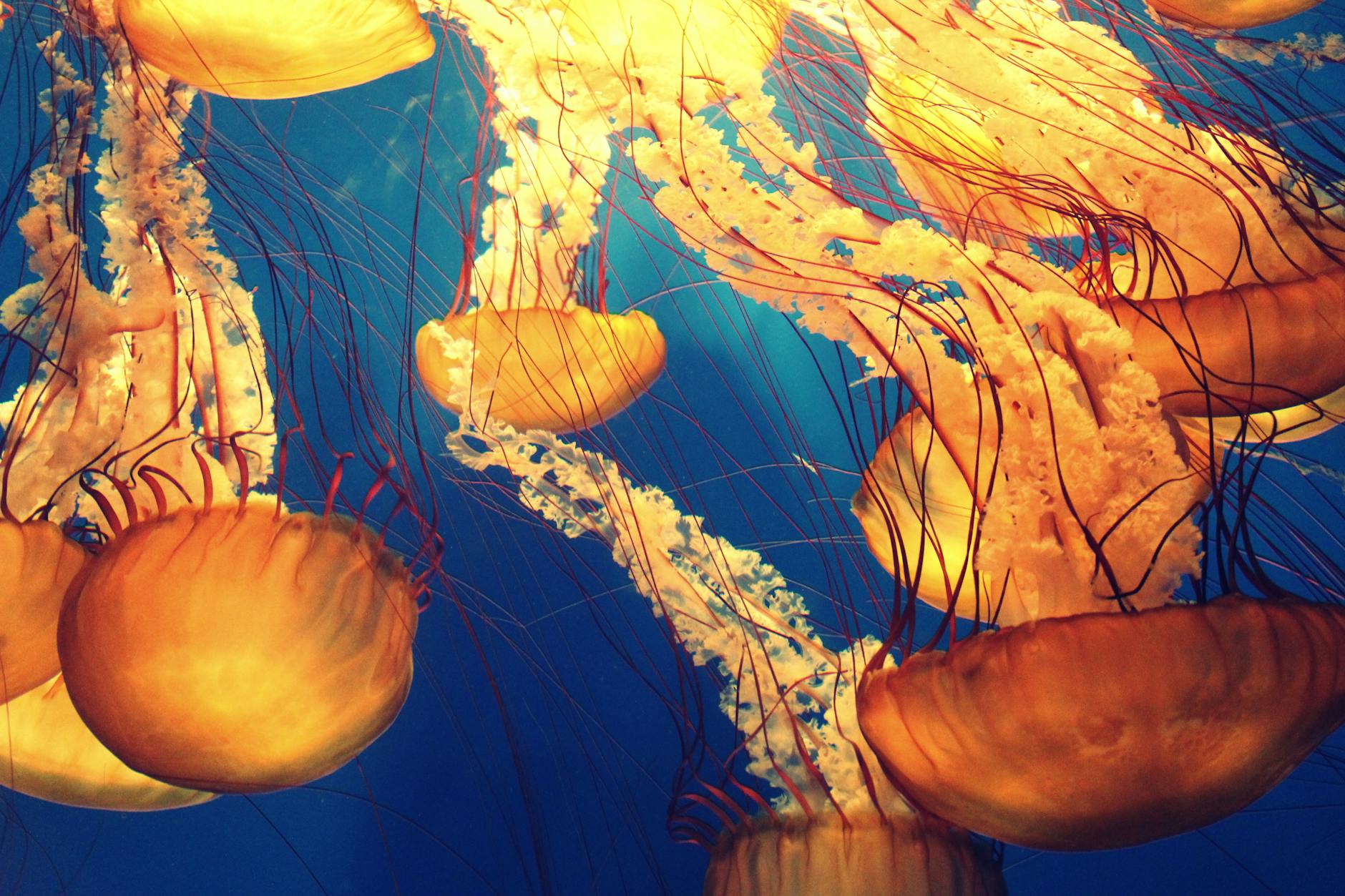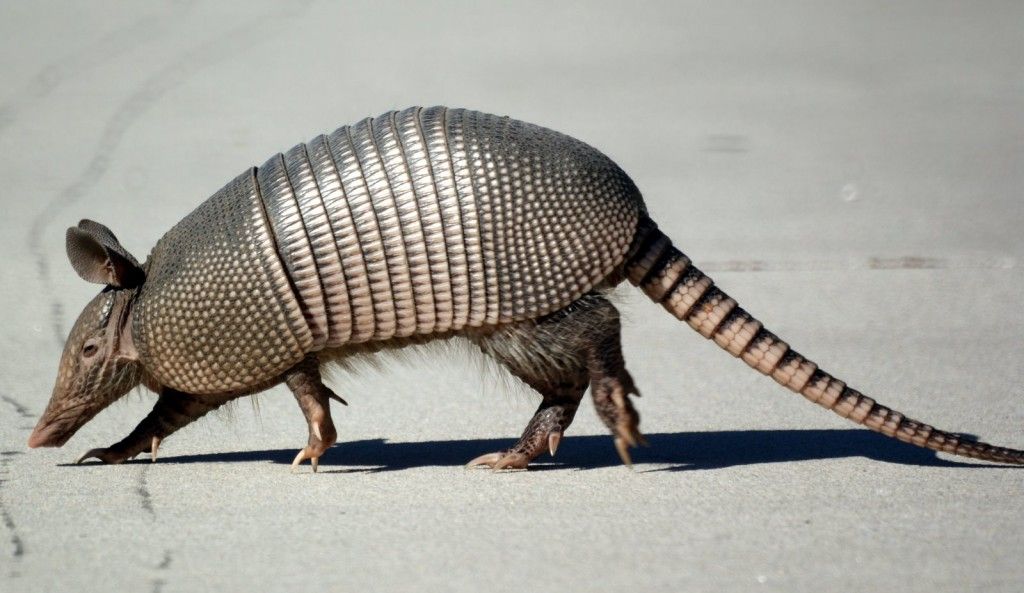
Jellyfish are some of the most mesmerizing—and misunderstood—creatures in the ocean. With their ghostly forms, hypnotic movements, and surprising abilities, they’ve fascinated humans for centuries. Whether you find them beautiful, bizarre, or a bit spooky, jellyfish are truly one-of-a-kind.
Here are 37 facts that will change the way you think about jellyfish:
Basics & Biology
- Jellyfish aren’t actually fish – they’re invertebrates belonging to the phylum Cnidaria.
- They don’t have brains – instead, they rely on a simple nerve net to detect stimuli.
- They also lack hearts and lungs – oxygen simply diffuses through their gelatinous bodies.
- They’re 95% water – no bones, no blood, just a lot of squish.
- Their “jelly” is called mesoglea, a thick, jelly-like substance that gives them form.
See also: The Fascinating Lifecycle of a Jellyfish
Anatomy & Adaptations
- The bell (umbrella-shaped part) helps them pulse through the water.
- They have stinging tentacles lined with cells called cnidocytes, which shoot out tiny harpoons.
- The sting delivers venom to paralyze or kill prey – and deter predators.
- They have a single opening that functions as both mouth and anus. Efficient!
- Many have light-sensitive eye spots called ocelli to detect light and dark.
Where They Live
- Jellyfish are found in every ocean – from surface waters to the deep sea.
- Some even thrive in freshwater, like the Craspedacusta sowerbyi jellyfish.
- They’re often carried by currents, as many can’t swim strongly on their own.
- Jellyfish blooms (huge swarms) can sometimes clog fishing nets or power plants.
- They’ve been spotted in Arctic waters under ice sheets – talk about chill.
Age & Evolution
- They’ve been around for over 500 million years, making them older than dinosaurs.
- They’re among the oldest multicellular animals on the planet.
- Some species are biologically immortal, like Turritopsis dohrnii, which can revert to its polyp stage and start over.
- Fossilized jellyfish have been found in rocks dating back hundreds of millions of years.
- They haven’t changed much in design, proving how effective their simplicity is.
Feeding & Diet
- Most jellyfish eat small fish, plankton, and crustaceans.
- Some deep-sea species use bioluminescence to lure prey into their tentacles.
- They use their tentacles to pull prey into their mouth, then digest it in their gastrovascular cavity.
- They don’t chew or tear, since they lack teeth – everything is digested as-is.
- They also become food for sea turtles, sunfish, and even other jellyfish.
Color, Glow & Size
- Some jellyfish glow in the dark, thanks to a protein called GFP (green fluorescent protein).
- That glow can serve as a warning, distraction, or lure.
- The lion’s mane jellyfish is the largest known species – its tentacles can stretch over 100 feet.
- The tiniest jellyfish can be smaller than a grain of rice.
- They come in an amazing variety of colors, from translucent white to bright purples, oranges, and blues.
Stings & Safety
- Box jellyfish are among the most venomous animals on Earth.
- Some stings can be fatal to humans, especially without prompt medical attention.
- Not all jellyfish sting—some species are harmless to humans.
- Urine doesn’t help jellyfish stings – it can actually make things worse. Use vinegar instead (unless it’s a box jellyfish sting: then seek immediate help).
Weird & Wonderful
- Jellyfish have inspired medical research, including studies on aging and tissue regeneration.
- Japan has a jellyfish aquarium where you can admire dozens of glowing, ghostlike species.
- They’re even being used in skincare and food – especially in parts of Asia, where edible jellyfish are considered a delicacy.
Final Thoughts
From their ancient origins to their glowing bodies and alien-like abilities, jellyfish are more than just beach-day hazards – they’re a marvel of evolution. The next time you see one floating gracefully in an aquarium (or the sea), take a moment to appreciate just how incredible these squishy, stingy, brainless blobs really are.
Want more deep-sea oddities and marine animal wonders? Follow our blog for most posts that dive into the ocean’s most fascinating creatures!






















Disclaimer: This blog post is for edutainment purposes only and may not be entirely accurate.





